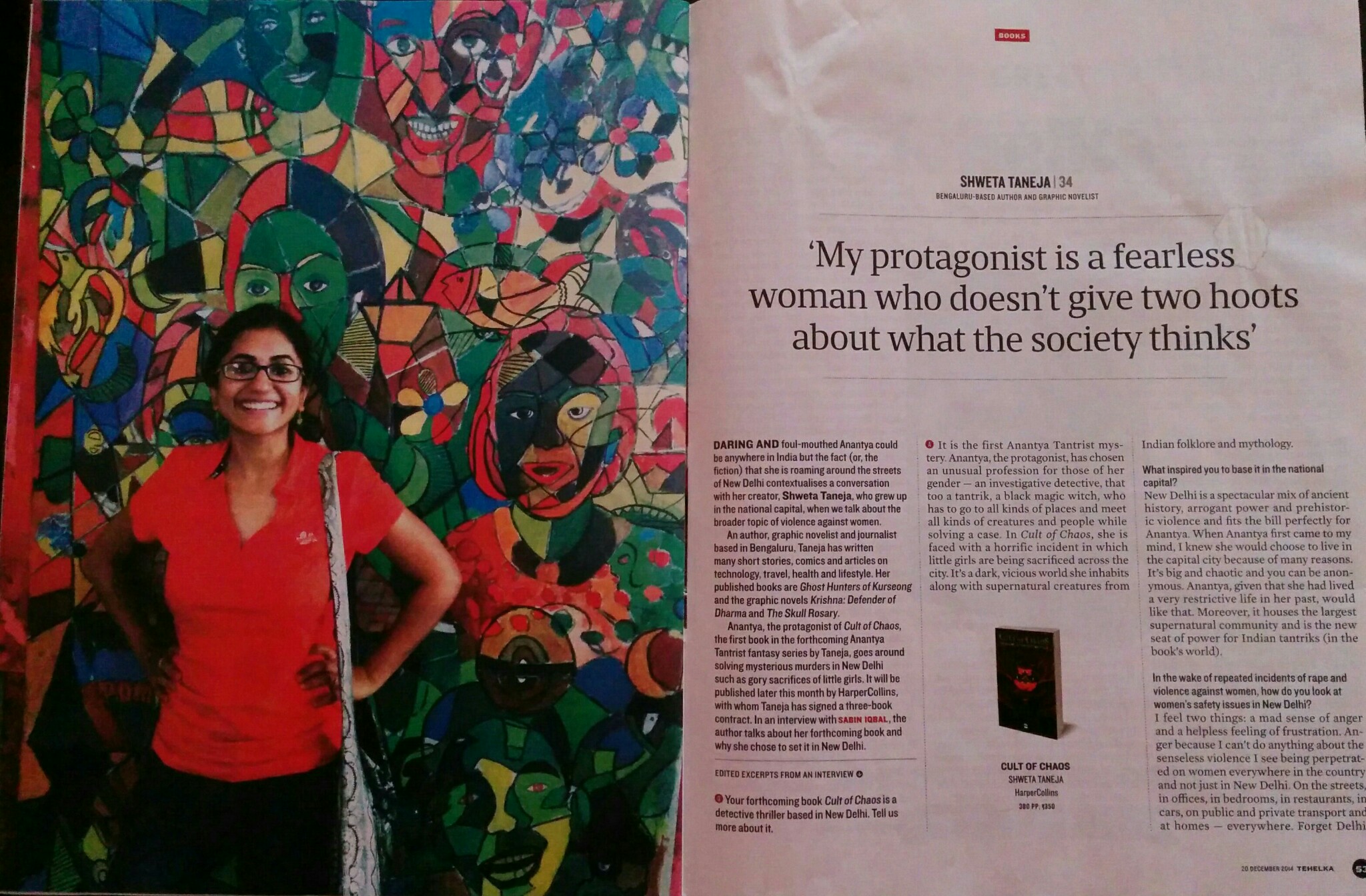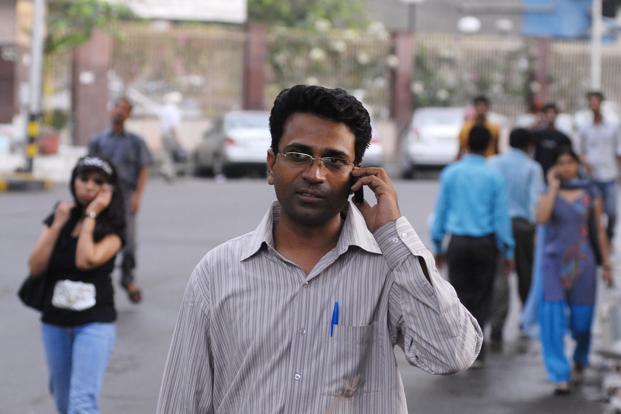Why are companies eyeing their employees’ social media accounts?
Two years ago, as part of its social media strategy, HarperCollins Publishers India Pvt. Ltd asked its editors to use their personal social media accounts to tweet and post about the books they were working on. There was a social media training session at their office in Noida, Uttar Pradesh; that is how Karthika V.K., publisher and chief editor of HarperCollins Publishers India, who has been with the company for eight years, became active on Facebook and Twitter.
Today, she has over 2,847 followers on her Twitter account and around 4,637 friends on Facebook. Together, that makes 7,484 possible readers, not all of whom may have been connected directly with the publisher earlier.
“This is not part of the job for me, as in, it’s not in any contract,” says Karthika, “but my work-life is such an integral part of my whole life that I don’t mind using my personal online identity.”
She does add, however, that when she’s on a social network, she’s more than just a HarperCollins employee. “I am an individual when I am connecting with people. I don’t think I am a publisher so I should say certain things, I am pretty instinctual about my posts.” In this instance, it is a win-win situation for both company and employee.
Like HarperCollins, companies across the world are fast realizing that they can convert their employees into effective brand ambassadors if they bring them on board, guide them and let them work in the social media space. Even one post every day from 500 employees makes it 500 different posts about the brand.
“Today, every employee is a spokesperson for the company,” says Aditya Gupta, co-founder of Social Samosa, a social media content portal based in Mumbai. “Companies can add value to their brand when employees update their personal accounts with updates about the industry, engage with the customer and showcase the company both internally and externally.”
Trust matters
According to the 2014 Edelman Trust Barometer, a worldwide survey of trust in companies and brands, customers trust the voices of regular employees within the company, not the top-level management, most. Around 62% of the respondents, a group of 33,000 members of the general public and people familiar with the industry in 27 markets globally, believed a company’s employees are the most credible voices on multiple topics, including work environment, integrity, innovation, brands and business practices. In fact, an old employee of the company is three times more credible than the chief executive officer when talking about work conditions on social media.
Power to reach out
That’s a lot of power in the hands of individuals. More and more marketing teams are encouraging employees to become brand ambassadors for their companies. Some firms are even putting it down as policy, making it part of the contract or even part of the regular work of an employee.
It is the strong individual brand companies want to tap into. “Social media is now mainstream, and a broadcast medium with large reach,” says Amita Malhotra, director, Blogworks, a social media marketing company based in New Delhi. “Since the employees are individuals who hold the power to broadcast messages, have their own set of consistent followers that can impact their company’s interests, they have become much more powerful,” she says.
Finding a balance
This channel does, of course, have its limitations and risks: the pros and cons of creating an official account for each employee, the credibility of an “official” account, the kind of things employees should post about, and the attempt to drive this through guidelines or policy. And when an employee leaves, the risk that the network (possible brand buyers) may go too.
For while companies may ask employees to create official accounts, this comes with its own dilemmas, including a possible dilution of the core brand and extra work for employees.
Some employers also feel threatened by a powerful personal brand. Legally speaking, an employer can only control two aspects of an individual’s social media life: what you write about the company or its products and competition, and what you do on the infrastructure and devices that the company has provided you for work, say, your office laptop, phone or tablet and Internet connection.
“An employee with a strong online following can also dilute the parent brand by building his/her own networks or by leaving a void when he/she quits,” says Malhotra. It’s a threat which is very real for companies, and the reaction tends to be knee-jerk. They either put in place stringent social media policies at work, or curb the individual’s voice on social media by forcing him to strictly segregate his work and personal posts online.
“If your employer’s policies restrict you from tweeting about work-related matters on your personal ID or ask you to create an official ID on social media sites, then you’re legally bound to comply with it,” says Vikram Shroff, a Mumbai-based lawyer with Nishith Desai Associates who has extensively researched the use of social media in workplaces. Shroff believes companies may be more comfortable if they have well-defined social media policies for employees, with clear guidelines on what is permissible and what is not.
The model of segregating official social media accounts, much like an official email ID, does solve the basic problem of ownership (in this case, the company has ownership of all followers, content, comments on that particular account), but it’s not the perfect solution. “If I am forced to do it, I would find it inconvenient,” says Dheeraj Sanghi, a professor of computer science at the Indian Institute of Technology, Kanpur, who runs a blog on education that gets more than 200,000 page views a year.
“I know of faculty members who have two separate pages on Facebook, one for personal friends and the other for more official use, like interacting with students, alumni, or sharing class-related information, but I feel it’s unnecessary and without purpose.” According to Prof. Sanghi, online spaces are fluid and people can’t really segregate their personal and work lives, though they may want to.
Gupta has a different take. He says a separate official social presence may not be the best idea for a company’s brand. “It dilutes the brand’s social quotient by having too many ‘official’ lines of communication.” Also, readers might perceive official accounts as parroting the company’s opinion, and therefore being less believable.
No right over an individual’s identity
If an employee leaves, he or she has to stop using the official account and cannot interact with followers of that account. Companies, in turn, cannot use the former employee’s personal accounts or his/her name for brand-building, says New Delhi-based cyber law expert Vakul Sharma, a Supreme Court advocate. “Under no circumstances can an organization use my name after I’ve severed all ties with it,” he says. “Any company using an official social media handle which includes my name is a violation of my right to privacy under Article 21 of the Constitution of India.”
Revenue-sharing, perhaps?
A company doesn’t own an employee’s individual identity. Article 19 of the Constitution guarantees freedom of speech and expression to citizens. Remember, such a right extends to social media as well. “Anything that the employee does personally, using her own resources, is owned by the employee,” says Sharma….
First published in Livemint.com. Read the complete article:
http://www.livemint.com/Leisure/boUFgRT3cU8ykKaIGxE3IJ/Champion-or-pawn-What-does-your-firm-want.html?utm_source=copy















